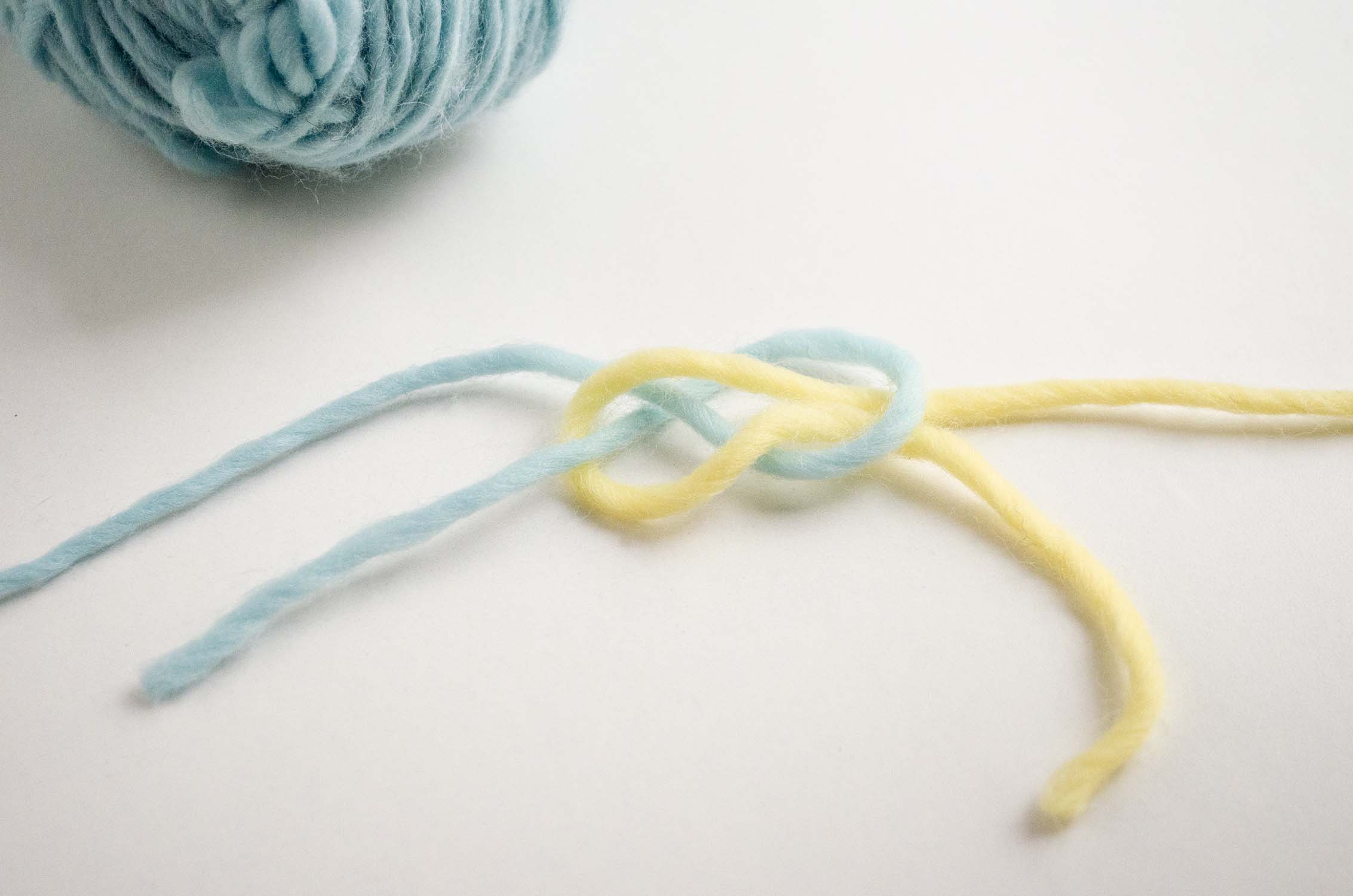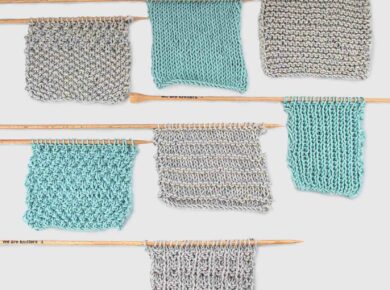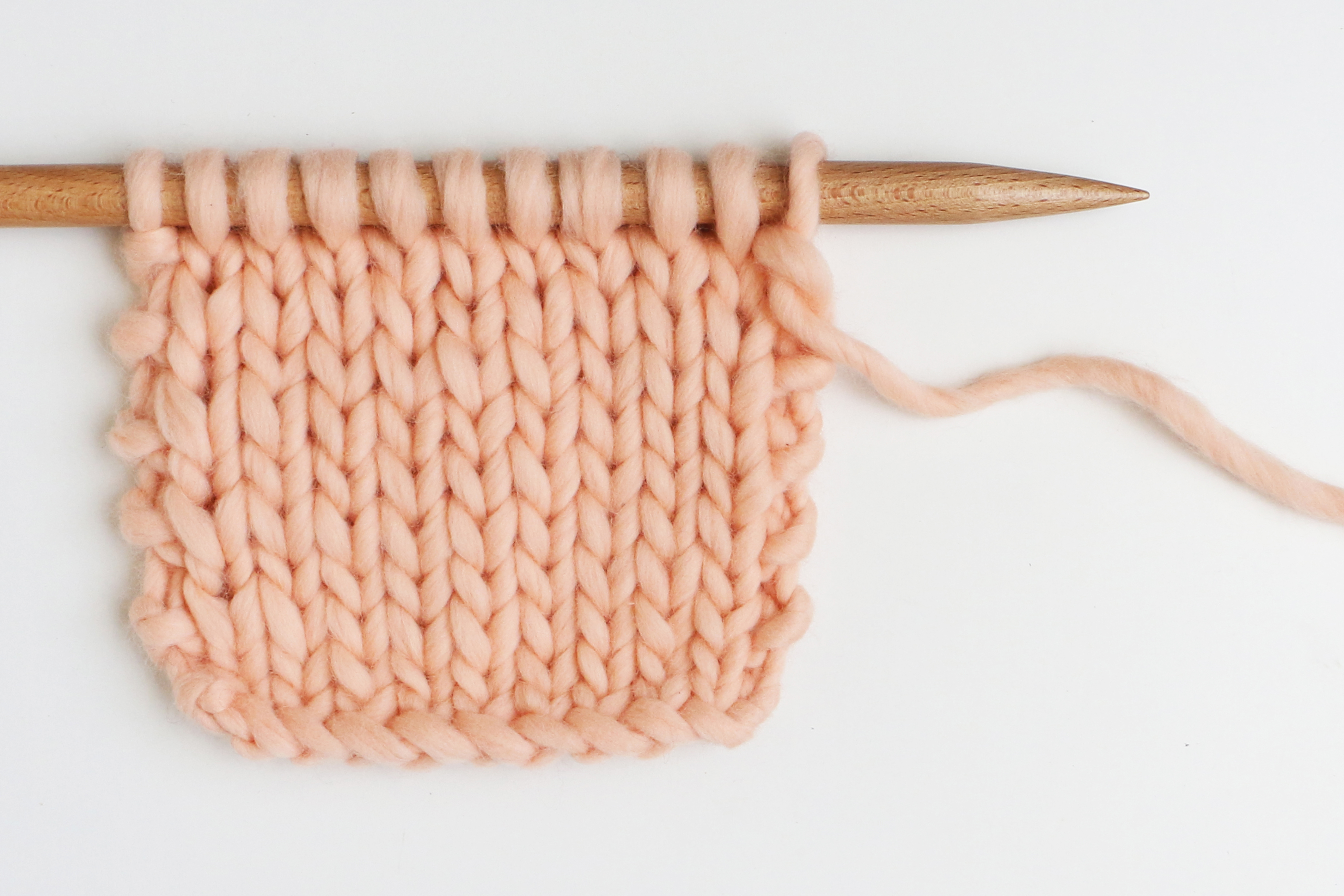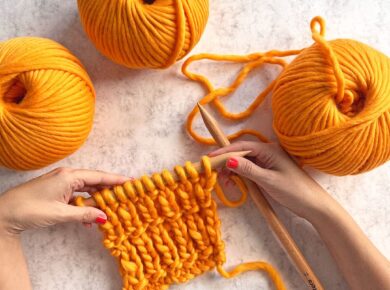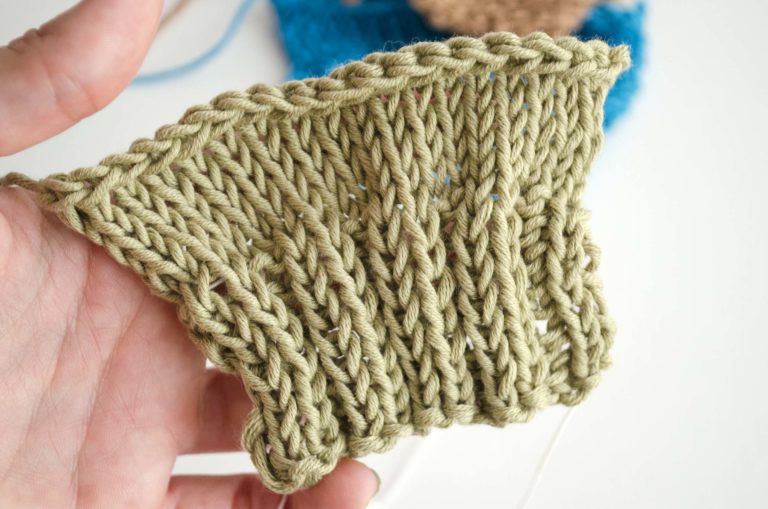
Casting off is one of the most recurring subjects any knitter encounters. And the same way there is a perfect way to cast on depending on the project, there is also important to choose a type of cast off that adapts to whatever we are knitting.
It’s not the same to cast off a garment in seed stitch than to do it in stockinette stitch, and if we use the same method in both, we may not get the best results. This is especially important when we talk about rib stitches, because due to its nature, it needs to be able to open loosely. If we have a rib stitch edge and we cast it off by knitting all stitches, it will lose its purpose and it will probably be very tight. That’s why today we will teach you a better fitted way to cast off rib stitches. This casting off method can also be applied in other stitches like stockinette, garter, or seed stitch. It´s a very stretchy cast off.
This casting off method works with all rib stitches. It doesn’t matter if it’s 2×2, 3×1, etc. It will work for any of those.
Once you have reached the desired length of your project, cast off all stitches on the left needle as follows:
- Work the first 2 stitches as they appear, this means knit the knit stitches and purl the purl stitches.
- Insert the left needle through both stitches you worked on the last step and work them together the same way you worked the last stitch, this means, if you knitted it, knit both stitches together, and if you purled it, purl both stitches together (you will have 1 stitch on your right needle).
- Work the next stitch as it appears (you will have 2 stitches on your right needle).
- Insert the left needle through both stitches on the right needle and work them together the same way you worked the last stitch (you will have 1 stitch on your right needle).
Repeat steps 3 and 4 until there are no more stitches on your left needle.
Did you know about this super stretchy way to cast off rib stitches? As you can see on the video; stretchier, impossible! For the example we have used our petite wool, and beechwood knitting needles size 11, but you can use any of your own WAK materials. And remember, you can check our other knitting tips and tricks on our blog.
